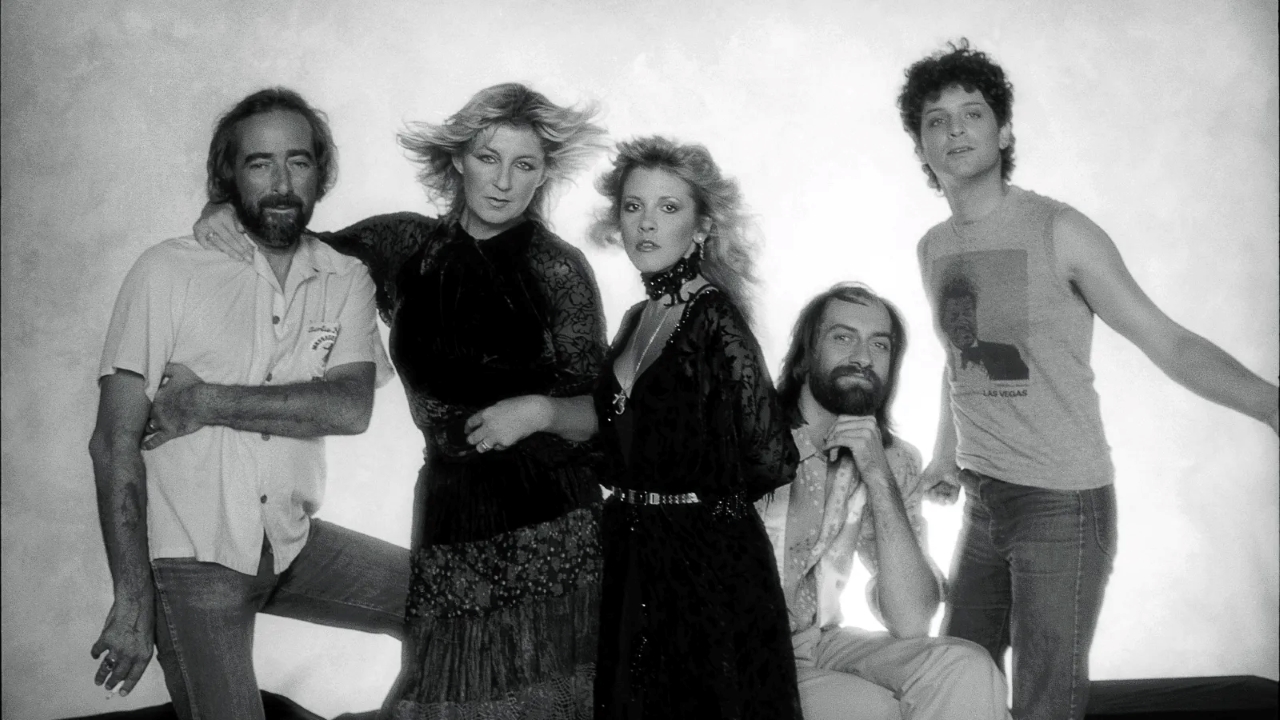“Gypsy” – When Stevie Nicks Looked Back, and Found Herself
There’s a kind of magic in remembering who you were before the world changed you.
That’s what Stevie Nicks was chasing when she wrote “Gypsy.” Not the wild mystery of a traveler — but the freedom she used to feel, back when life was simpler, quieter, more her own.

🎵 The Song
Released in 1982 on the Mirage album, “Gypsy” wasn’t just another hit for Fleetwood Mac — it was a soft, shimmering tribute to a younger self.
Long before the private jets and satin stages, Stevie lived alone in San Francisco with a mattress on the floor, scarves on the wall, candles burning by the window. That memory — raw, free, almost sacred — became the soul of the song.
“So I’m back, to the velvet underground… back to the floor that I love.”
“Lightning strikes, maybe once, maybe twice.”
It wasn’t about nostalgia. It was about returning to something real.
🌫️ The Feeling
“Gypsy” is filled with soft longing — not sadness, but that ache you feel when you catch the scent of an old shirt, or hear a chord that cracks open a memory.
It’s the moment you realize how far you’ve come… and how far away you’ve drifted from the version of yourself that once danced barefoot in candlelight.
The guitar floats. Stevie’s voice rises and falls like smoke. And you remember:
Even the lost parts of you are still there — waiting.
📻 The Legacy
“Gypsy” became an anthem not just for free spirits, but for anyone who’s ever had to grow up too fast.
It’s been covered, sampled, and featured in dozens of shows — but nothing matches the original. Stevie’s voice in that track feels like a hand reaching out to the you you almost forgot.
It’s not a song you sing.
It’s a song that sings you.